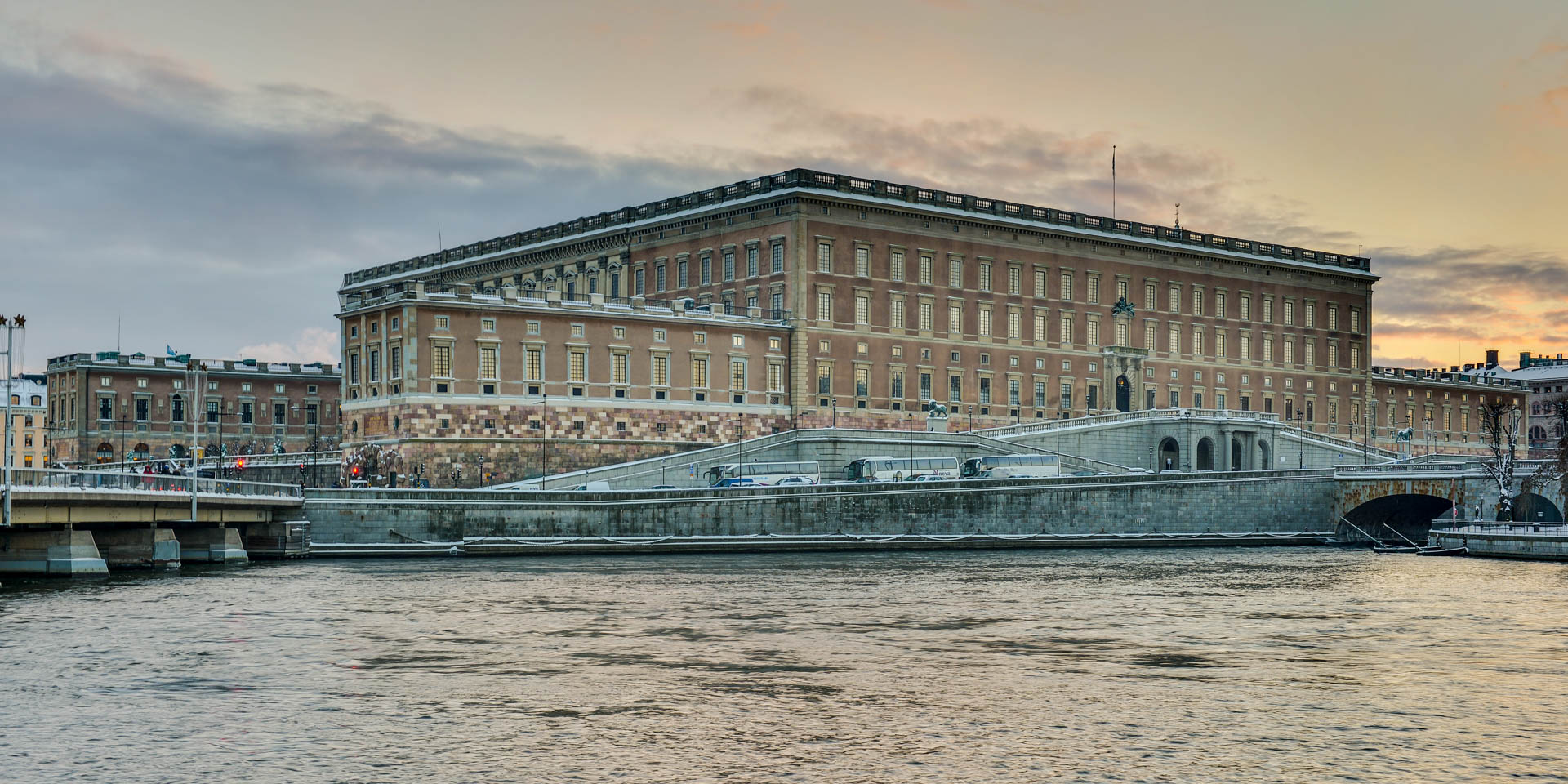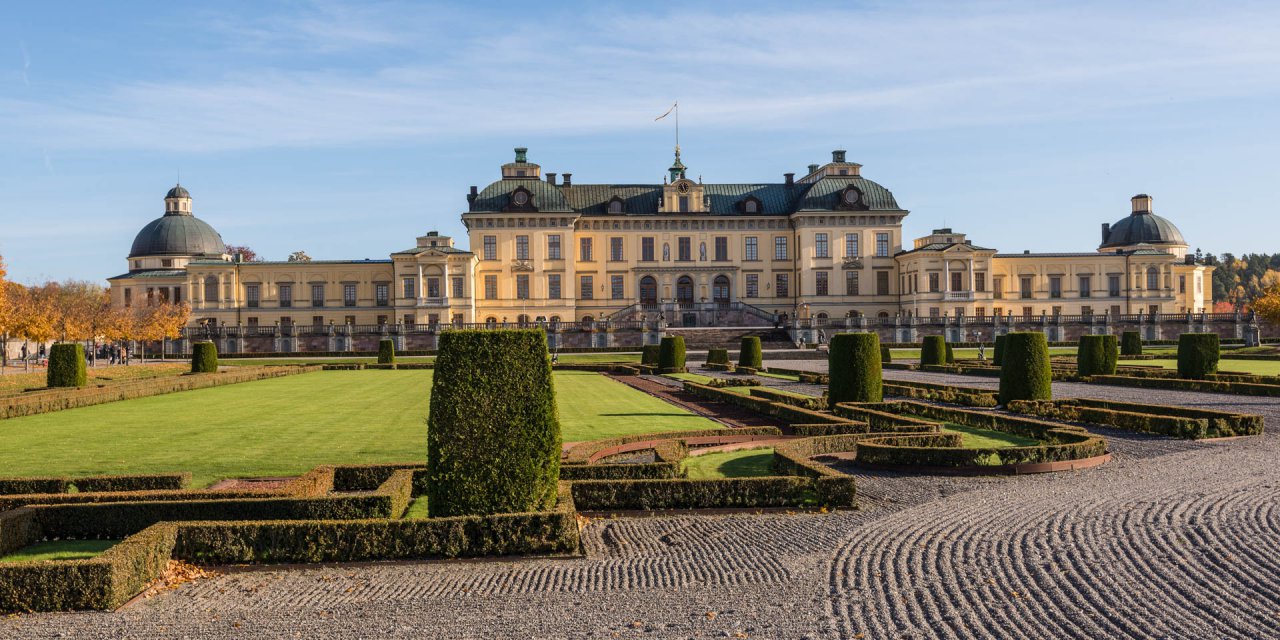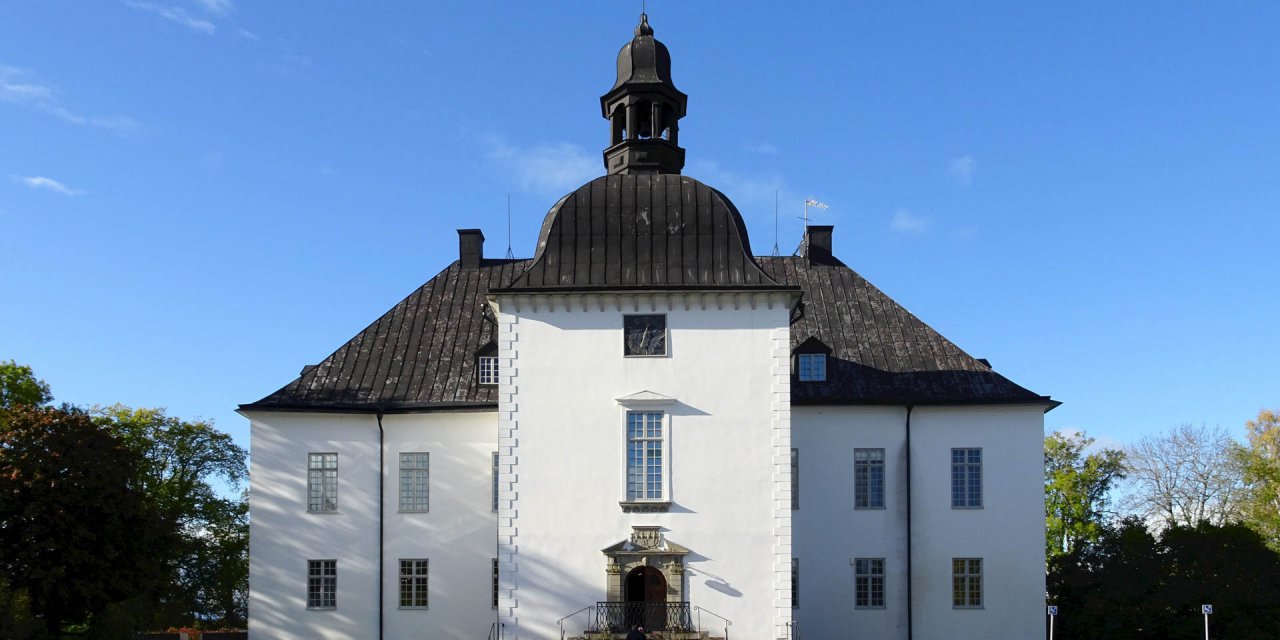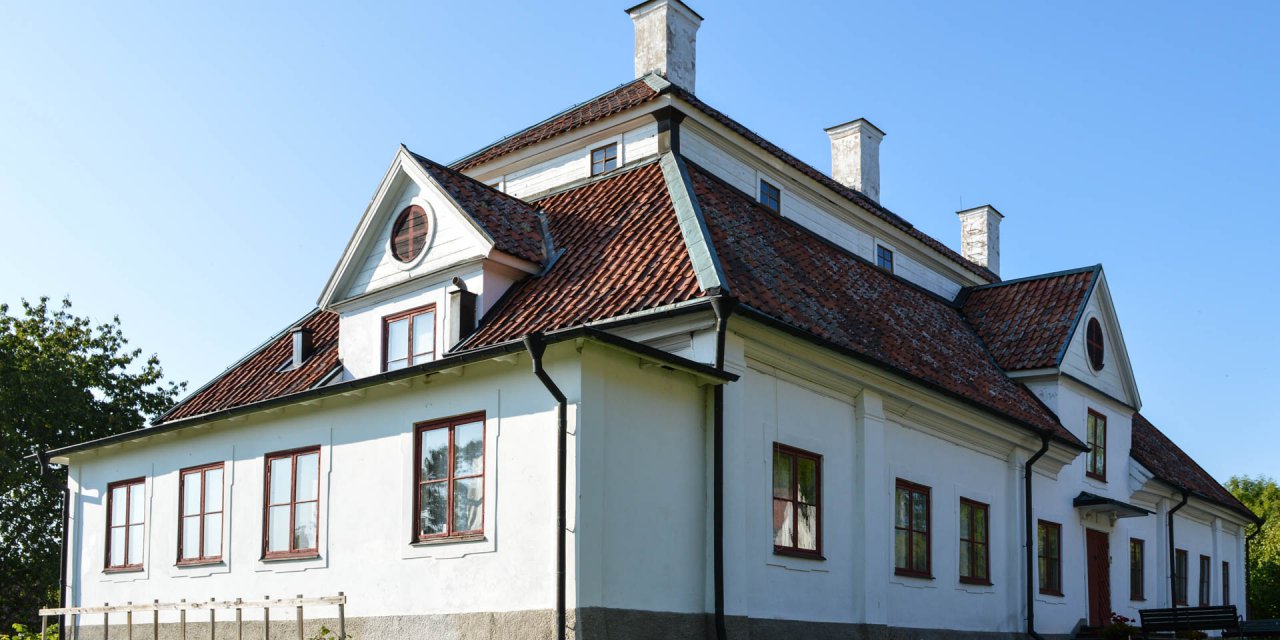

Stockholms Slott
Stockholm Palace
Stockholms Slott or Kungliga Slottet, as Stockholm Palace is also called, is located within the picturesque historical centre Gamla Stan on the island Stadsholmen in the heart of the Swedish capital Stockholm.
The Stockholm Palace was built between 1697 and 1770 in the Italian Baroque style according to plans by the famous Swedish architect Nicodemus Tessin the Younger. It is the second royal palace on this site, because the present castle stands on the foundations of the great medieval royal castle Tre Kronor, which was destroyed by a devastating fire on May 7, 1697.
The Stockholm Royal Palace is largely open to the public all year round. With its sumptuously furnished rooms, halls and corridors, the magnificent castle chapel and several high-class museums, as well as the daily ceremony of the changing of the guard, Stockholms Slott is one of the biggest tourist attractions in Stockholm, attracting hundreds of thousands of visitors every year.
The inside of the palace
With over 600 rooms and an area of 42,000 square meters, the Stockholm Royal Palace is one of the largest royal palaces in Europe. Stockholms Slott is the official residence of the Swedish king and serves the representative tasks of the Swedish monarch. The residence of the royal family is located since 1982 on Drottningholm on the island Lovön in the Mälarsee west of Stockholm.
You can visit the representative staterooms of the castle on your own or join a guided tour. The guided tours are offered for a small surcharge on the regular entrance fee, last about 45 minutes and take place several times a day, alternating between Swedish and English.
In the course of the visit you can see the former royal living quarters known as the Bernadotte floor. The 14-room residential floor in the north wing of the palace was occupied in 1754 by the royal couple Adolf Fredrik and Lovisa Ulrika as the first inhabitants of the castle, which had not yet been fully completed, and was inhabited by the royal families until the 20th century.
On the further way you will come across the particularly magnificent ceremonial floor with nine magnificent rooms and halls. The plans for the design of this floor date back to the Swedish great power era and are unparalleled in Northern Europe. A particularly impressive example of this is the so-called Karl XI Gallery – a narrow, elongated hall designed according to the luxurious model of the Hall of Mirrors in Versailles Castle.
On the tour through the corridors of the castle you can also see the spacious guest suite in which many a foreign head of state has stayed. The luxurious rooms are furnished with furniture from the 18th and 19th centuries and at the same time are a journey through time through the various stylistic epochs.
Another highlight is the large imperial hall completed in 1755. The hall was initially used for the regular meetings of the ranks under the direction of the king and is used for great ceremonial acts such as coronations. Until 1974 the annual ceremonial opening of the parliament took place here after the summer break. A very special eye-catcher in the hall is the silver throne, which was purchased in 1650 on the occasion of the coronation of Queen Kristina (1626 – 1689) and which belongs to the few objects that could be saved in 1697 from the burning castle Tre Kronor.
The Museums in Stockholms Slott
In addition to the magnificent rooms, the Stockholm Palace also has a number of interesting museums. These include the Treasury, where the royal regalia from several centuries are kept; the museum Tre Kronor, which tells the story of the old burnt down castle as well as Gustav III:s Antikmuseum with a collection of over 200 antique sculptures. A visit to the museums is included in the entrance fee for the castle.
As the fourth museum in the castle, the former armoury Livrustkammaren shows historical parade uniforms, robes and weapons. The museum belongs to the state history museums, is independent of the castle and the three other museums, and admission is free.
Other discoveries
A popular and free event is the daily military ceremonial of the changing of the guard in the outer courtyard of the castle around noon. The ceremony begins on weekdays from Monday to Saturday at 12:15, on Sundays and holidays at 13:15 and lasts about 40 minutes. The guard parade leads through some nearby streets to the castle and takes place in the summer months on individual days also on horseback accompanied by a music corps.
Slottsboden, the gift and souvenir shop of the palace, is located in the outer courtyard of the palace. The shop is a little different from the other shops of its kind, as it offers, in addition to the typical souvenirs, a selection of high quality items related to the royal palace. These include replicas of historical porcelain dishes, drinking glasses, jugs, trays or table linen from the royal collections, some of which are limited editions.
The summer café in the inner courtyard of the palace is open during the summer months from June to August. The café serves several types of coffee and tea, soft drinks, freshly squeezed fruit juices, pastries and cakes as well as small cold and hot dishes. In addition to seating in the inner courtyard, other seating is available in the western vault.
The ceremonial rooms of the palace as well as the treasury and the museum Tre Kronor are accessible by wheelchair via elevators. Toilets are located in the entrance area of the castle, in the outer courtyard and in the Tre Kronor Museum. Due to the sensitive environment, the use of prams is not permitted throughout the castle. Dogs, with the exception of assistance dogs, are not allowed in the castle and smoking is absolutely forbidden on the entire grounds.
Stockholms Slott: Opening hours & admission
Opening hours
Monday – Sunday: 10:00 – 16:00
Monday – Sunday: 10:00 – 17:00
Monday – Sunday: 10:00 – 16:00
Admission
Last update: 07/2022 | Errors and omissions excepted.



